
Women on Stage and in Society 1850 – 1915
6 – 25 April 2016
This regular module for second year Drama students is taught in collaboration with Special Collections. It emphasises the use of archives in researching 19th and early 20th century theatre.
This year the students chose to focus on the roles of women in the theatre of the time. Individually, they chose a subtopic which interested them to research in more depth, using primary sources from the University’s extensive Theatre and Performance Archives, as well as digitised sources from other archives.
Here’s what the students say about their exhibition:
About the exhibition
This exhibition focuses on the Victorian and Edwardian period of theatrical innovation and change, with specific reference to women. With roles varying from Pantomime figures to Actor managers, prominent actresses, playwrights and suffrage campaigners, their impact on the acting world and the world at large can easily be seen in this timeframe. A number of students have joined forces to put together this exhibition, with the sections it includes being described in brief paragraphs below.
Actresses in Victorian Media
A section devoted to the depiction and treatment of women of theatre in the media of the Victorian era. This section provides an in depth look at the life, trials and tribulations of Mrs Patrick Campbell at the hands of the media during her career across the 19th and early 20th centuries.
Life of a Victorian Actress
This section focuses on the life of the Victorian actress outside the stage, their social lives and private lives away from the limelight. Furthermore this section discusses the treatment of women and actresses during divorce.
Pantomime Actresses
A look at the roles of actresses in pantomime during the Victorian era and the transition from traditional pantomime to Gaiety Theatre. This section will explore these themes with reference to various plays and the lives of actresses Dorothy Craske and Ellen Farren.
Pantomime
This section looks at the depiction of women in the ever popular theatrical form of pantomime by examining the cross-gender roles of the dame and principal boy, with specific focus on the Victorian performers Dan Leno and Vesta Tilley and the play “Dick Whittington”.
Victorian Melodrama
A section discussing the portrayal of women in one of the most prominent and popular theatre forms of the Victorian era. Looking closely at the connotations of the costumes worn on stage alongside analysis of the ways female characters were used to highlight the social and political issues of the time.
Female Theatre Managers and Playwrights
In a male dominated society and profession, this section aims to explore the roles of women in the creative side of the theatre during the Victorian era. With specific reference to the lives and careers of Marie Bancroft (/Wilson) and Madge Kendall.
Female Actor Managers
The emergence of actor managers (now known as directors) in the late 19th century was no small event in the history of theatre. However a time of such gender inequality brought with it difficulties and challenges for women of the industry, which will be explored in this section.
Women as Professionals
This section looks at the reactions of the Victorian theatre towards women being a part of the evolving theatre industry and the stigma affixed to women of theatre with specific reference to the lives of the early Victorian actresses Mrs Anna Cora Mowatt and Miss Frankie Ann Kemble.
The Battle for Women’s Suffrage
This section deals with the views of women’s suffrage from both the proponents and those who were not in favour of the enfranchisement of women, using theatrical text and primary sources from the time and comparing the views they demonstrate.
The Politics of Victorian Theatre
This section of the exhibition will examine the back and forth between theatre practitioners and the ever convoluted parliamentary politics of the Victorian era, looking at theatrical responses to political movements and likewise the reactions of those within the political system to Suffrage Theatre. With detailed reference to the suffrage play “Votes for Women”.
Read more about the items on display
Women on Stage and in Society 1850 – 1915 was in the Gallery on Floor 1 West in the Templeman Library from 6 – 25 April 2016.
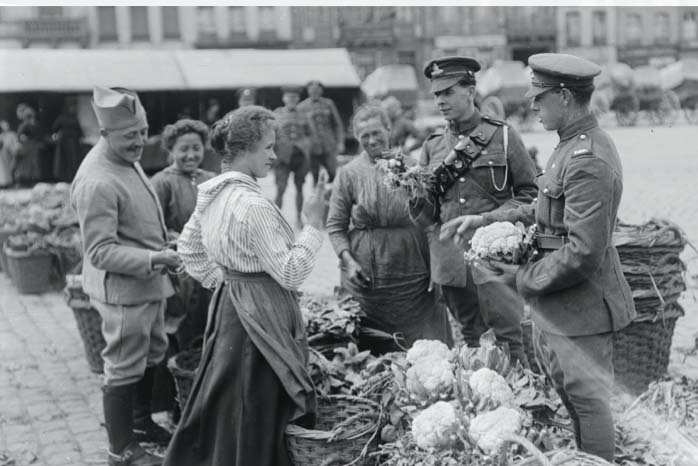

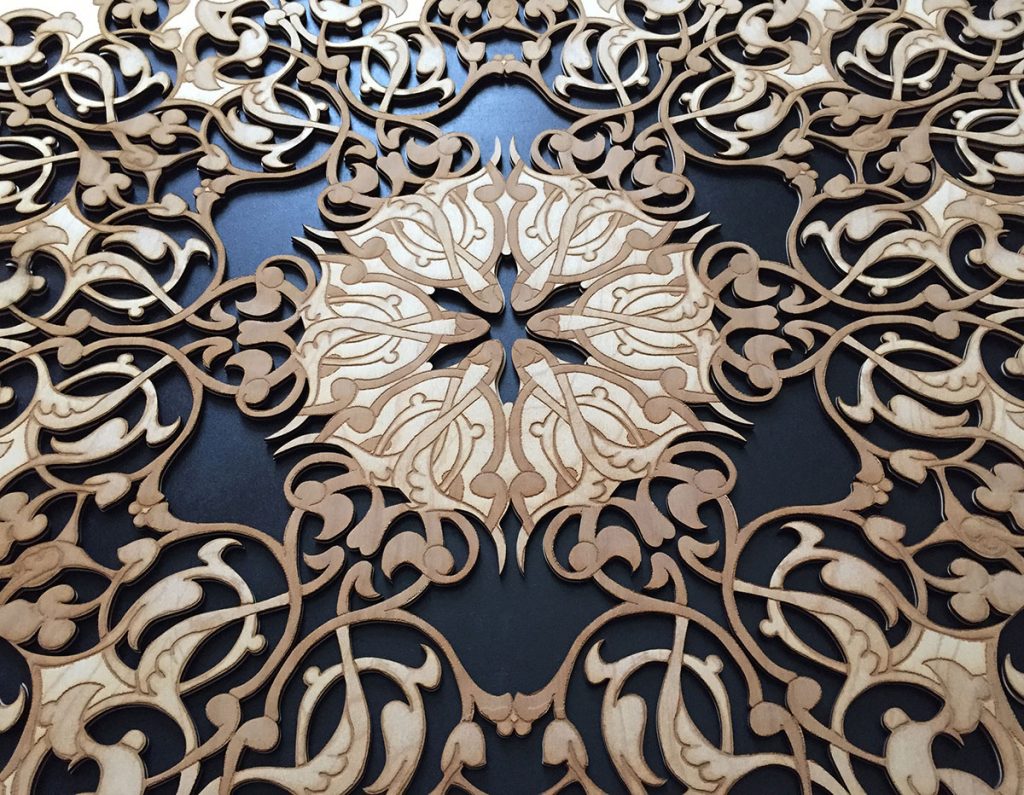
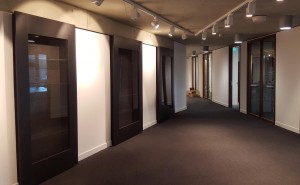
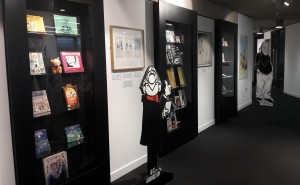
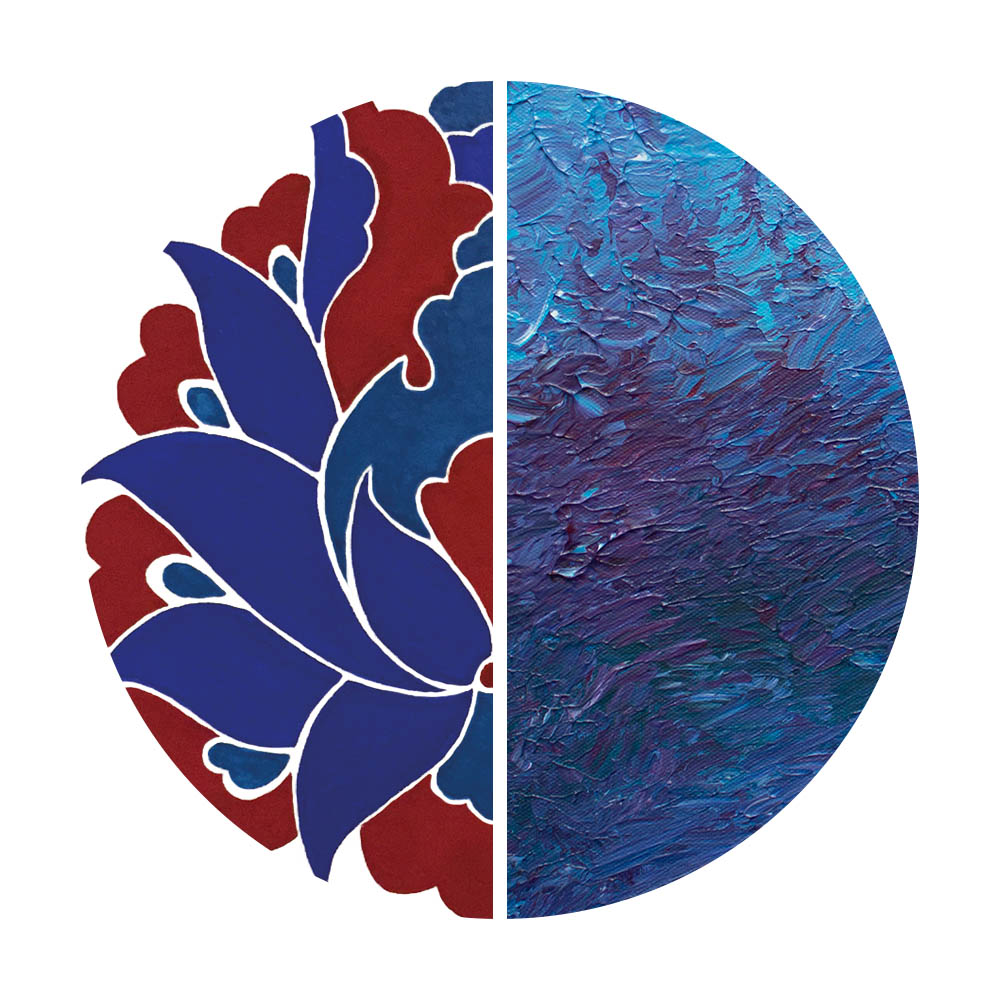

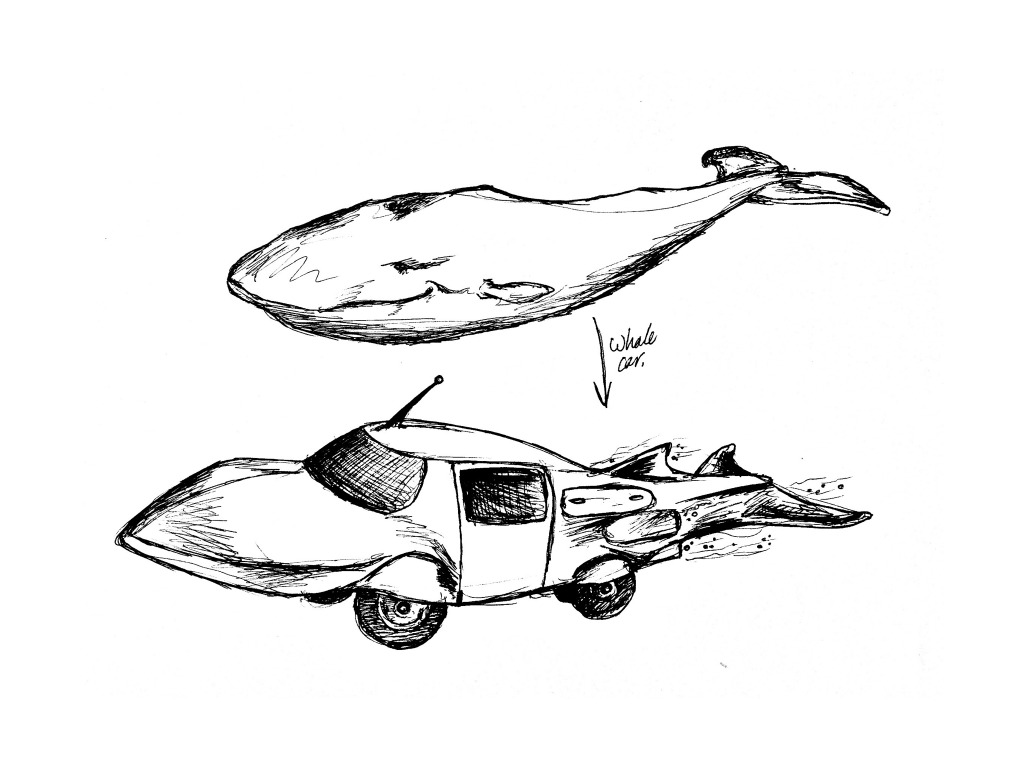

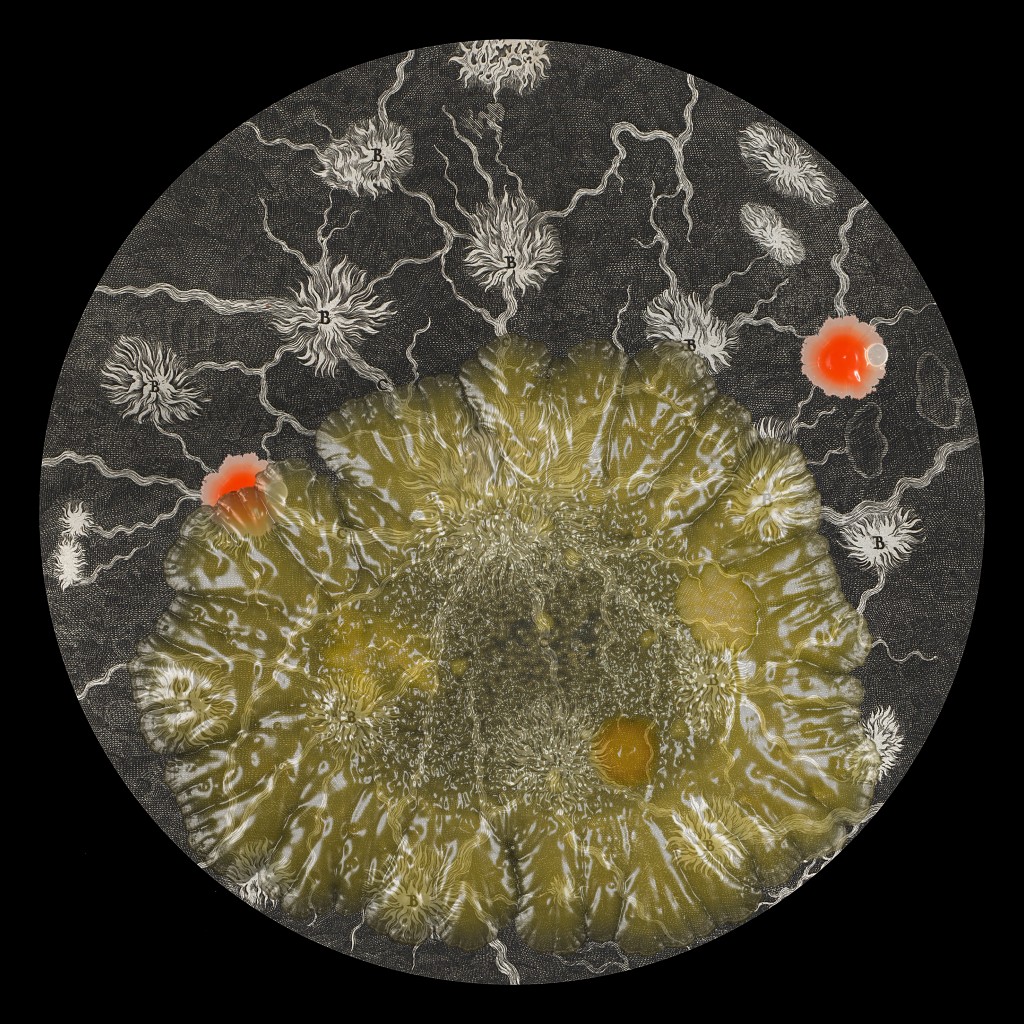


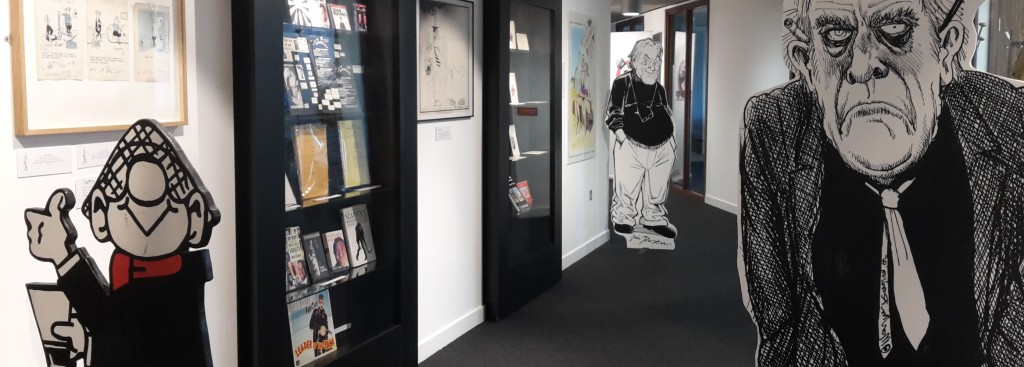
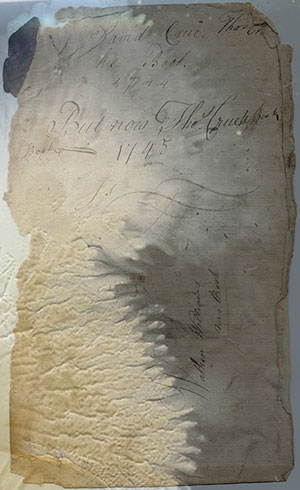
![Top left, Mundus Subterraneus 1665. Top right, Metamorphoses 1640. Bottom left, The Cyclopedia of Art and Sciences 1728. Bottom right, Emblems of Mortality [date unknown].](http://blogs.kent.ac.uk/isnews/files/2015/05/4-shortlisted-books-Sarah-Craske1.jpg)